
Rethinking plastic use to protect the ocean and tackle climate change
Despite the increasing number of policies to reduce disposable plastic items, studies show petrochemicals are becoming the largest drivers of future global demand for oil.

Despite the increasing number of policies to reduce disposable plastic items, studies show petrochemicals are becoming the largest drivers of future global demand for oil.
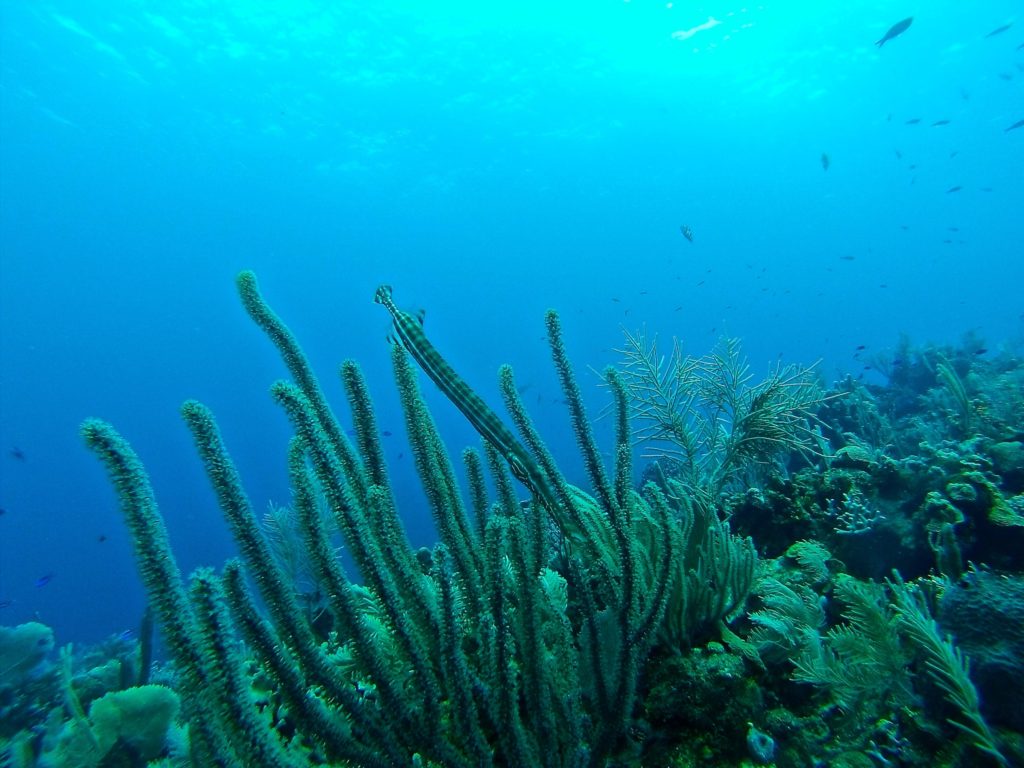
A new European Commission report shows that EU Member States have made considerable efforts to address pressures on the marine environment. Despite this, the measures are not yet sufficient to achieve good, healthy and productive seas by 2020.

The climate change-related increase in sea water temperature is making fish groups move, leading to the creation of new transboundary stocks. National and international bodies must take action now and cooperate on the implementation of new fisheries regulations and practices, to avoid potential future conflicts.

Since 1961 the annual global growth in fish consumption has been twice as high as population growth, demonstrating that the fisheries sector is crucial in meeting the goal of a world without hunger and malnutrition. Data and in-depth analyses on global fish production, consumption and marketing rates, together with some first attempts at quantifying the possible future scenarios regarding the linkages of fisheries and aquaculture both to climate change and to other challenges, such as pollution. The current state of these two key sectors worldwide up to 2018 in the new FAO report.
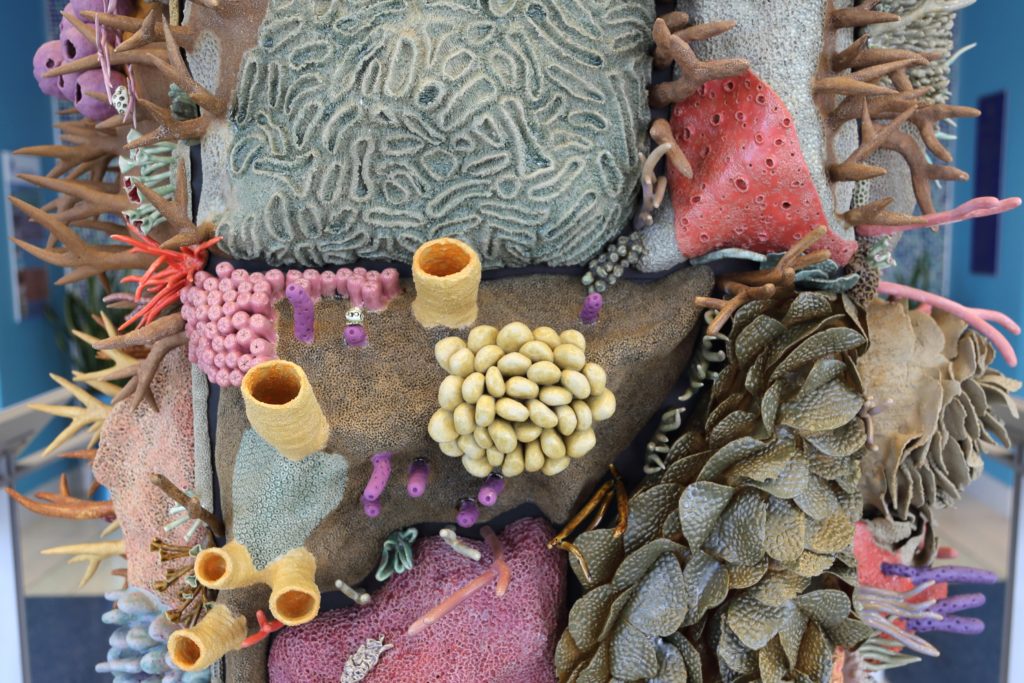
Courtney Mattison is an internationally recognized artist and ocean advocate working to inspire policymakers and the public to conserve our changing seas.

WASTELAND is an artwork consisting of a system of concrete actions unfolding through time and various locations in order to disseminate on the international scene

Ocean plastic pollution is not only a global problem, but something that we are extremely affected by in the Mediterranean Sea region. With the devastating effects of plastic pollution realized, action is being taken to study, quantify, and better understand where discarded plastic is ending up and how this is harming nature, ecosystems, and ultimately humans. The realization of the downside to our societal dependence on this material has even lead to a social movement to address this problem and communicate change.
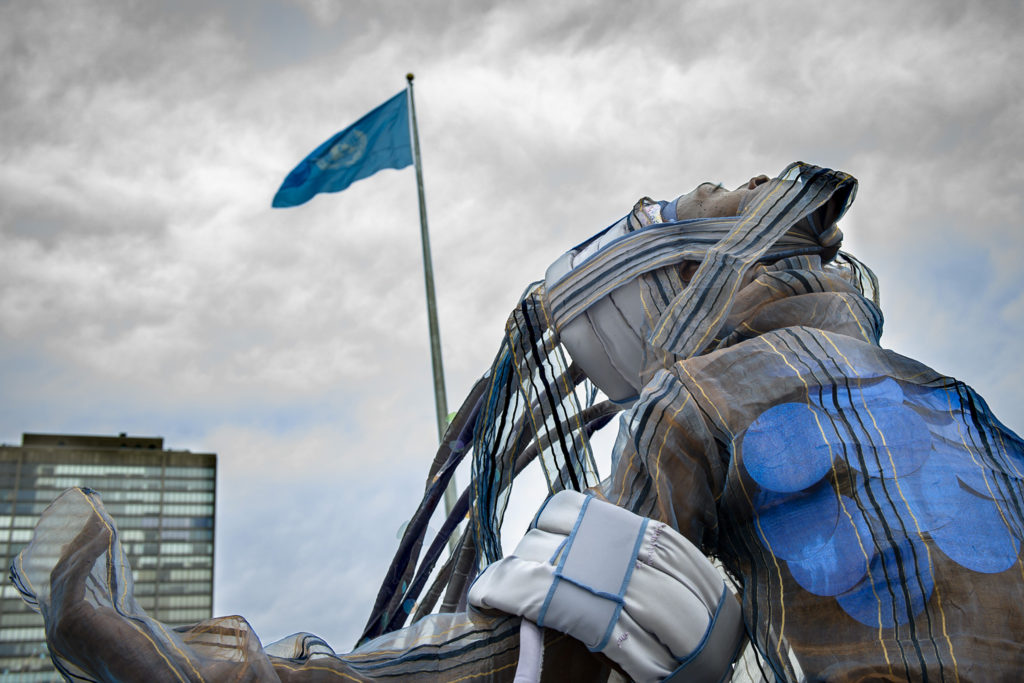
There are growing threats to oceans, yet positive trends are kicking in, and prospects may be more optimistic than the current figures suggests. “We have a plan,” – United Nations Special Envoy Peter Thomson explains to Foresight – “and we are working to put it into practice.”
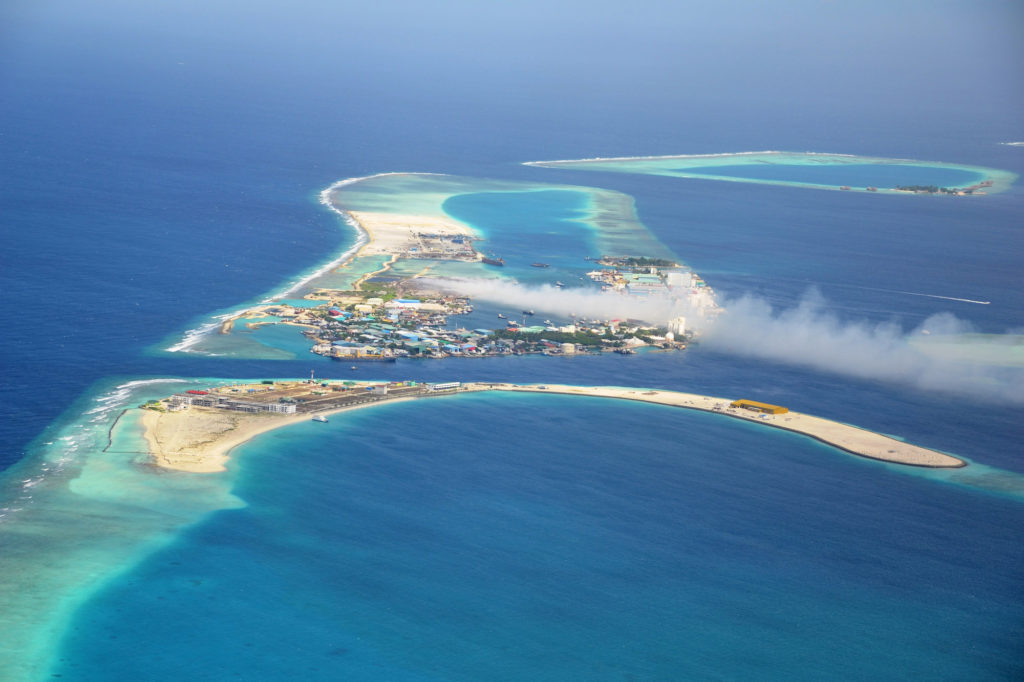
From immediate emergencies to slower onset problems, Small Island States are those most affected by the combined impacts of climate change and the degradation of oceans’ health. Sitting at the international negotiations they claim the keywords for the future: consistency, ambition. And urgency.
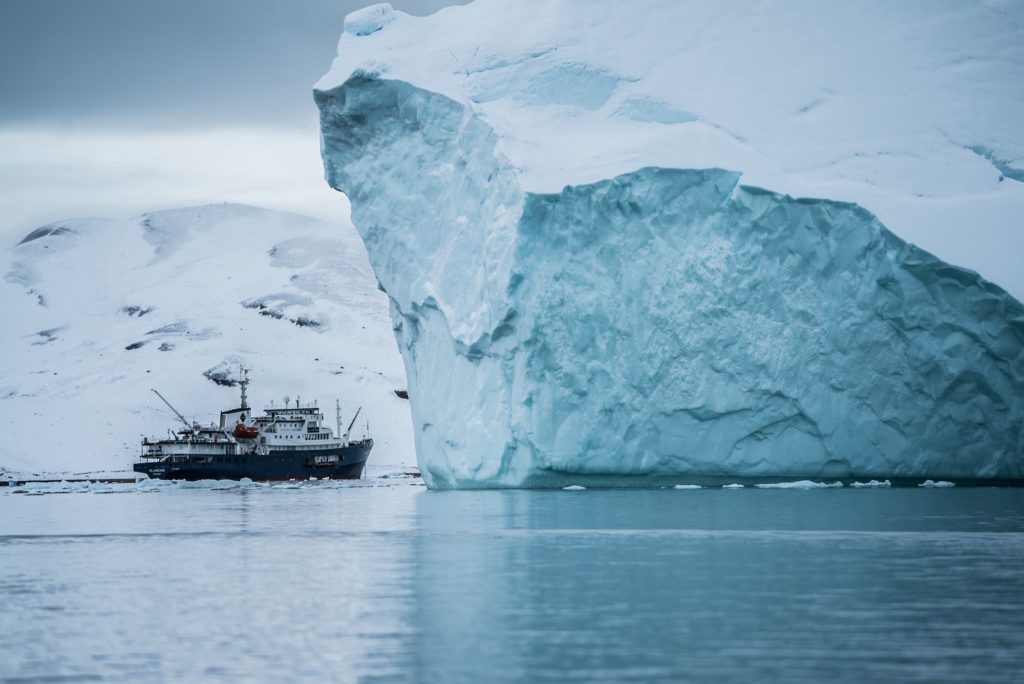
Oceans are facing increasing pressures: biodiversity loss, pollution, over-exploitation and illegal activities; and diverse impacts of climate change, such as ocean warming, acidification and rising sea level, are increasingly alarming. From the headquarters of international organizations as well as in the most vulnerable and ocean dependent countries, it is acknowledged that it is time to change the way we manage oceans and their resources in order to keep them healthy, productive, safe, secure and resilient.

Think of the Ocean as a Big Friendly Giant that needs to be driven and helped. And, in turn, it supports humankind by providing benefits and goods. The sustainable future of the Oceans is highly dependent on how the decision process will rely on science-based information, on how technology would provide the necessary facilities, and on our ability to make reliable and accurate forecasts.

What are the main trajectories of plastics at sea? Where do plastics come from, and where do they accumulate? A research realized in the framework of AMAre project and lead by CMCC researcher Svitlana Liubartseva identified the transport and fate of plastic marine debris in the Mediterranean Sea with the aim to find solutions to this key issue.